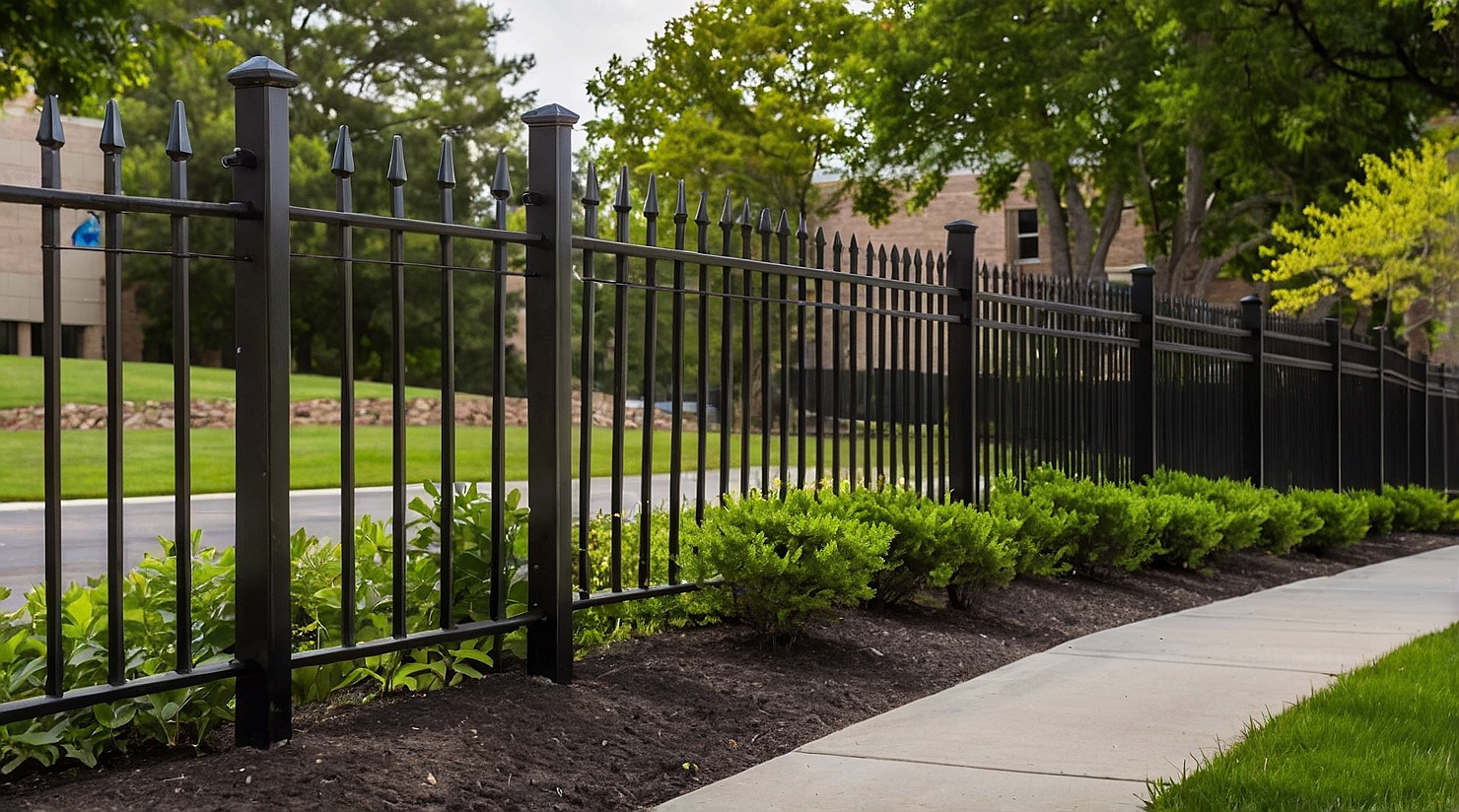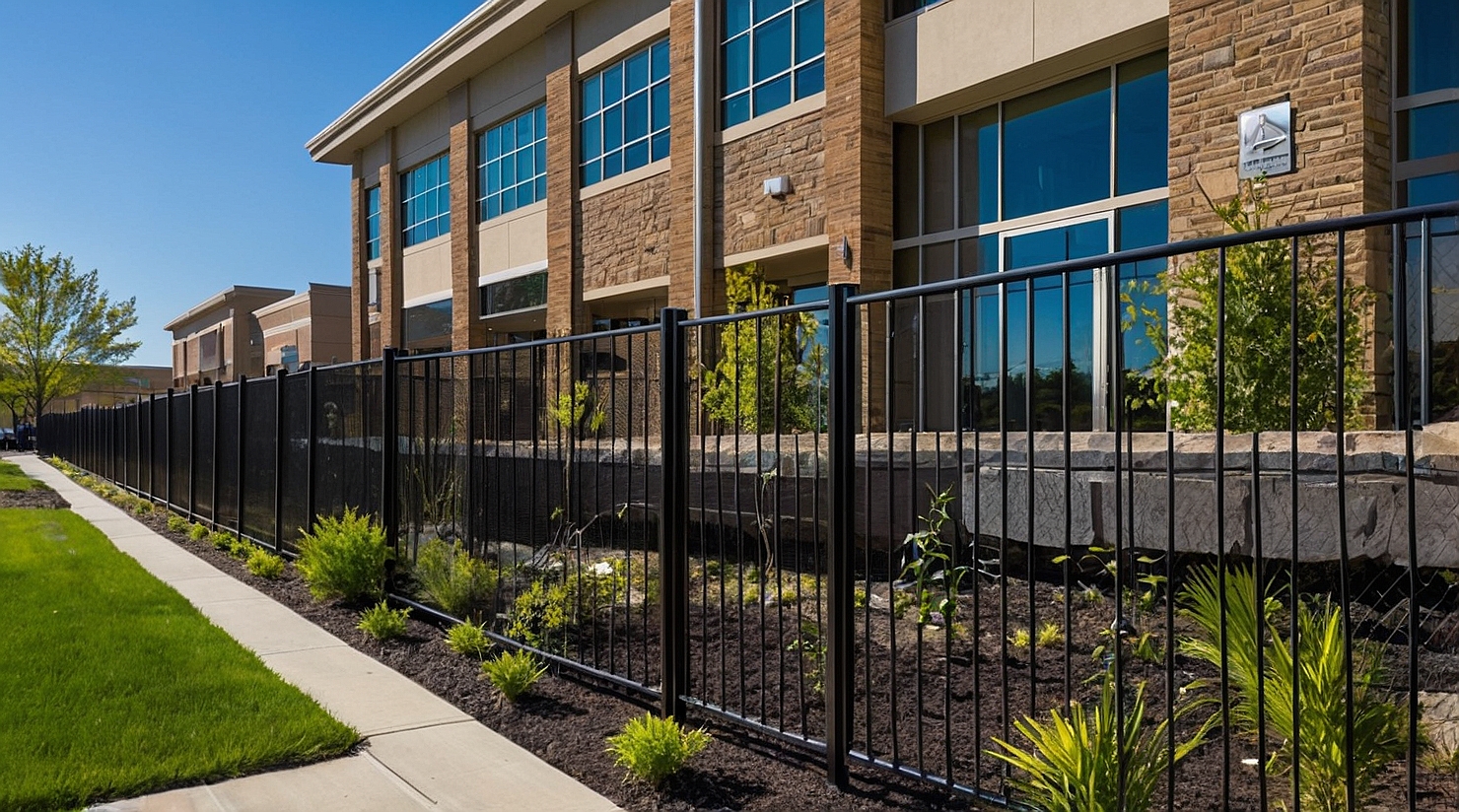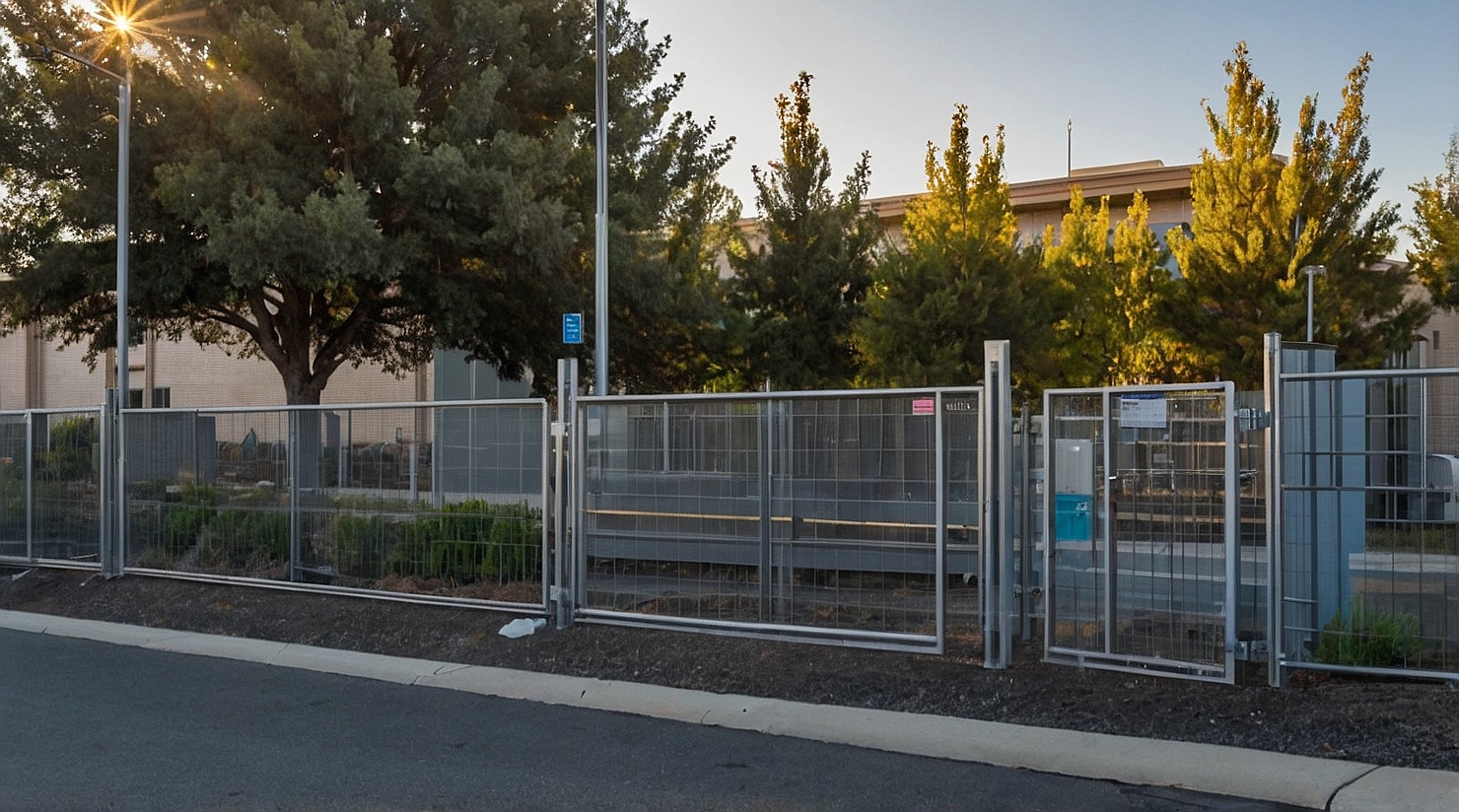
Fence Installation for Healthcare Facilities
Fence Installation for Healthcare Facilities
Healthcare facilities demand a delicate balance between security, accessibility, and patient comfort. A well-designed fence perimeter plays a pivotal role in achieving this balance. It deters unauthorized access, protects sensitive areas, and promotes a welcoming environment. In this article, we explore fence solutions tailored for hospitals, clinics, research labs, and more.
Why Fencing Is Critical in Healthcare Settings
Security in healthcare transcends locking doors. It requires strategic perimeter controls. A robust fence system will:
- Protect patients, staff, and visitors by preventing unauthorized entry
- Safeguard medical assets, pharmaceuticals, and outdoor equipment
- Support privacy for sensitive areas like counseling zones or medication storage
- Guide pedestrian and vehicle traffic to designated zones and entry points
Key Benefits of Professional Fence Installation
When installed by experts, fencing provides:
- Security through high‑strength and anti‑climb designs
- Access control integration such as gates, card readers, or turnstiles
- Visual appeal that enhances the image of the facility
- Compliance with emergency access and accessibility regulations
According to leading facility security professionals, perimeter barriers are essential components of a layered healthcare security strategy, combining with cameras, motion sensors, and patrols to form a unified defense system.
Types of Fencing Ideal for Healthcare Facilities
- Chain Link with Privacy Slats: Cost‑effective and practical, offering both visibility and privacy as needed
- Welded Wire Mesh or Anti‑Climb Panels: High‑security profiles resist scaling and tampering
- Ornamental Aluminum or Steel: Combines strength with aesthetics, ideal for main entrances
- Acoustic Timber Fencing: Designed to reduce noise from generators or HVAC units near patient
Design Considerations for Healthcare Contexts
- Visibility vs Privacy: Incorporate gated areas for staff, while using solid panels near counseling or rehabilitation zones
- Emergency Access: Gates must allow ambulance and fire vehicles easy entry, while remaining secure outside operating hours
- CPTED Principles: Landscaping, lighting and fencing should work together to deter loitering and improve safety
- Durability: Fencing must withstand frequent cleaning, chemical exposure, and weather extremes
Case Study: Hospital Perimeter Upgrade in Michigan
A Michigan hospital chose Superior Fence, a trusted fence company in Michigan, to modernize its perimeter. The project involved installing anti‑climb welded mesh panels, access‑controlled gates, and noise‑absorbing wooden fencing around mechanical zones. The facility saw improved site security, fewer unauthorized visits, and positive feedback from patients and staff regarding aesthetics and privacy.
Integration with Surveillance and Access Control
Effective fencing must be part of a broader security infrastructure:
- Install CCTV cameras along fence lines and entrances
- Integrate card readers, keypad entry or biometric systems at gates
- Add intrusion detection systems like vibration sensors for critical zones
- Use motion‑activated lighting for after‑hours visibility
Compliance and Legal Awareness
Healthcare sites must meet building codes, fire regulations, and accessibility standards. Fencing companies like Superior Fence help navigate:
- Disability access requirements for pedestrian gates
- Fire and emergency exit regulations
- Zoning rules on height, materials, and placement
- Insurance requirements for perimeter security and controlled access
Maintenance Best Practices for Long-Term Security
Routine upkeep ensures the fence remains effective :
- Inspect structural posts, welds, and gates every 6 months
- Clear vegetation near root zones to prevent damage
- Ensure access controls and sensors function properly
- Clean surfaces to maintain appearance and reduce corrosion or mold
Partnering with the Right Fence Provider
Healthcare fencing projects require a contractor attuned to security protocols, aesthetics, and regulatory compliance. Superior Fence combines industry experience with professional installation, delivering perimeter solutions that prioritize safety, functionality, and design.
Conclusion
Fence installation in healthcare environments is far more than a perimeter boundary. It supports patient safety, access control, asset protection, and welcoming design. Careful material selection, strategic integration with security technology, and expert installation by a reputable provider like Superior Fence ensures that healthcare facilities meet both operational and aesthetic goals.




0 comments